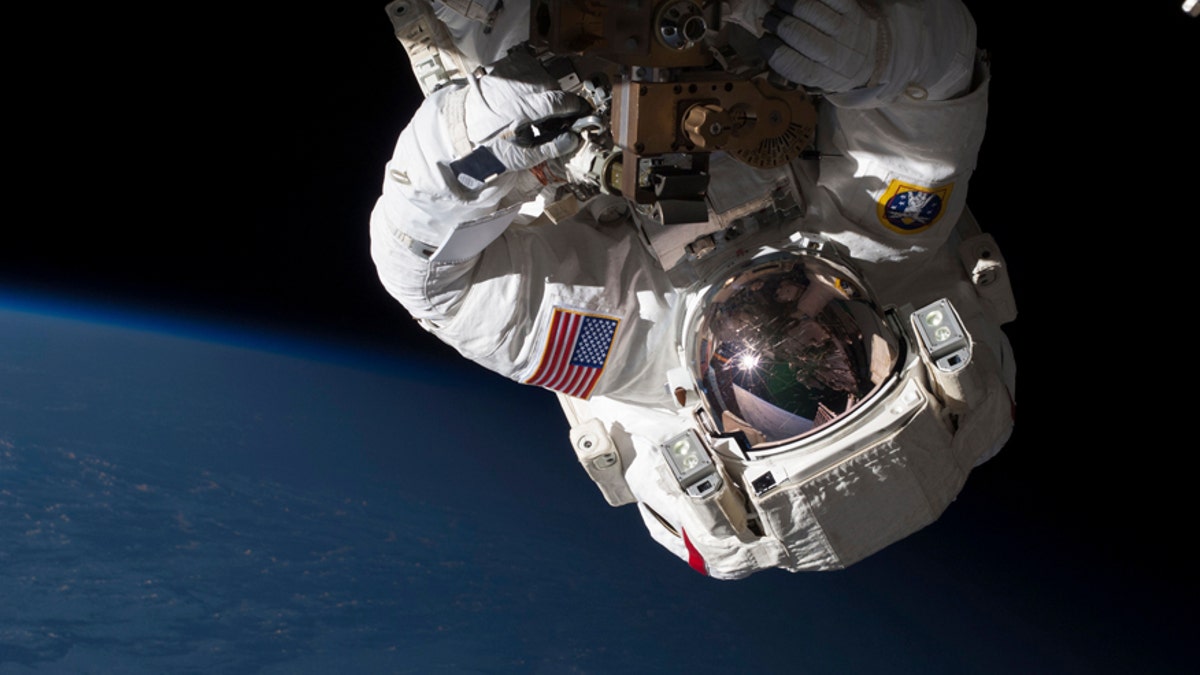
File photo taken May 11, 2013. (REUTERS/NASA/Handout)
Spaceflight changes astronauts’ brains, according to a new study that analyzed scans of people who traveled to space and back.
Researchers looked at MRI scans from 27 astronauts. Thirteen had flown on the Space Shuttle for a couple weeks, and 14 had spent about six months on the International Space Station. What they found was that the volume of grey matter in the astronaut brains actually decreased.
"We found large regions of gray matter volume decreases, which could be related to redistribution of cerebrospinal fluid in space," Rachael Seidler, a professor of kinesiology and psychology at the University of Michigan, said in a statement. "Gravity is not available to pull fluids down in the body, resulting in so-called puffy face in space. This may result in a shift of brain position or compression."
But that’s not the full story.
They also detected increases in grey matter in the space travelers’ brains in the regions that are tied to leg movement and sensation. Astronauts, of course, use their legs differently in microgravity than they do down on Earth.
NASA DISPLAYS APOLLO CAPSULE HATCH 50 YEARS AFTER FATAL FIRE
The results are evidence of the brain’s plasticity— that it changes in response to a person’s environment or actions, like learning something new. And not surprisingly, the researchers saw the biggest changes in the space station astronauts’ brains, compared to Shuttle crew members, because they had spent the most time in space.
"In space, it's an extreme example of neuroplasticity in the brain because you're in a microgravity environment 24 hours a day," Seidler said in the statement.
NEW SATELLITE SENDS 'JAW-DROPPING' IMAGES OF EARTH
This study, published in the journal Nature Microgravity, is certainly not the only one to look at how space travel affects the human body. NASA’s famous twin study— in which astronaut Scott Kelly spent about a year in space while his identical twin brother spent that time back on Earth— is just now producing some initial results, the space agency announced Monday.